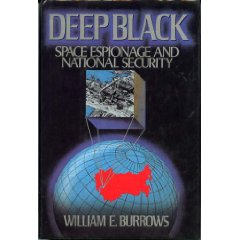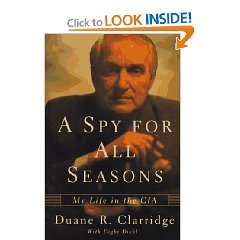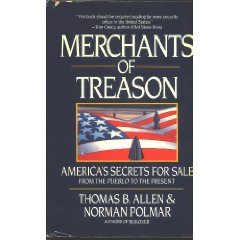April 8, 2000
Ruth Stanat
Well before I got into the open source business Ruth was managing global business intelligence activities, and she wrote the book I would have written if I had had to choose one starting point. This is an essential reference for every manager, both in government and in business as well as in the non-profit arena, and I continue to regard Ruth as the dean of the practical business intelligence educators. Together with Jan Herring, Dick Klavans, Herb Meyer, and Leonard Fuld, she completes the de facto U.S. board of directors for real-world business intelligence.









